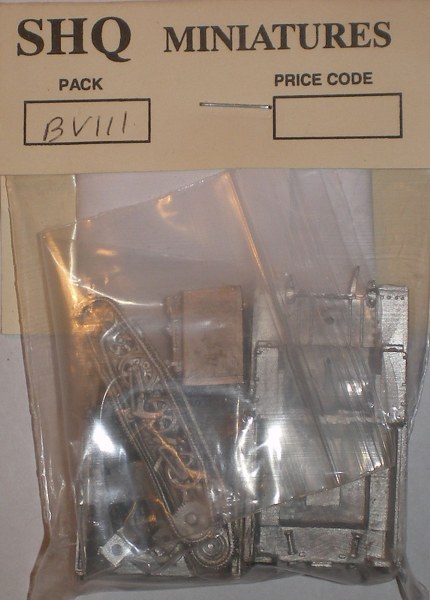
Box art Dragon Light Tractor Mk.III
 Box art Dragon Light Tractor Mk.III |
| DBTyp | Model | |
| Base type | Vickers Light Tank Mk I-V Universal Carrier | (Universal Carrier:) http://ftr.wot-news.com/2013/10/27/universal-carrier-in-german-service/ http://forum.warthunder.com/index.php?/topic/419097-universal-carrier/ Parent category: Vickers Light Tanks and Tankettes, Carden-Loyd Tankettes |
| Kit manufacturer | SHQ | |
| Material | Metall | |
| Origin country | GB | Parent category: Europe |
| Operator country | GB Germany India China Finland Thailand | Parent category: Europe, Asia, |
| Build era | 0 (not yet built) | |
| Topics | Armoured Vehicle Tractor | (Ground Equipment:) Vehicles Parent category: Ground vehicle, Ground Equipment, Working Machine |
| Aera of use | Interwar WW2 | (WW2:) second world war |
| Scale | 1/76 | |
| TextEN | After 1918, with the tank's success in overcoming bad terrain in mind, the British Army looked at tracked towing vehicles for artillery, and in 1922, the Royal Carriage Department at Woolwich Arsenal built the first Dragon. It used a suspension and track unit based on the current Vickers medium tank, could carry 10 men in addition to the driver and towed an 18pdr field gun and limber at 12 mph. This was soon replaced by the MkII with a more powerful engine, and then supplemented by the MkIII with gear ratios changed to permit towing medium guns of 5in and 6in calibre. However, in 1936 a policy decision was made to revert to wheeled vehicles for artillery towing, and so the Dragon was a dead-end development. (594) A variant of the Vickers 6-ton was the cargo vehicle Dragon Medium Mk. IV. Some were exported, many more converted from std tanks and exported. The Dragon Mk III derived its name from its purpose. Designed as an artillery tractor the 'Drag-gun' was used by the BEF in France and Belgium in 1940. Looking very like a Universal Carrier, the Dragon was used to tow smaller artillery pieces like the 3.7inch howitzer. Later Dragons such as the MK IV were used for larger guns. Following the retreat to Dunkirk in 1940 much of the BEF's Dragons were abandonded or destroyed in France. The Mk III was used mainly between 1939 and 1941.(595) Attention: The model is the light dragon. Much of history is about Medium Dragon. Some of the Siam Dragons were AA vehicles with 40mm Pompom AA gun. In den dt.Beutekennblättern geführt als l Art S Mk II 603 (e) | |
| BaseVehicle | Ground Equipment | (Ground Equipment:) Vehicles |
| > Same base or sthg. the like on Vickers Light Tank Mk I-V( Show/hide: [+]) | ||
| Model PzSpähWg VCL 701(b) | 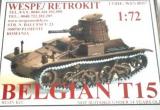 | |
| Model Vickers Light Tank Mk IV | 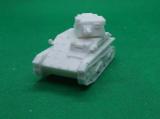 | |
| Type Definition Vickers Light Tank M1936 Dutchman |  | |
| > Same base or sthg. the like on Universal Carrier( Show/hide: [-]) | ||
| Model Praying Mantis |  | |
| Model Universal Carrier II | ||
| Model Universal Carrier I Mk.I with Boys AT Rifle |  | |
| Model Universal Carrier Vickers | 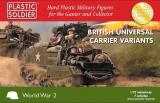 | |
| Model Universal Carrier 2 inch mortrar |  | |
| Model Universal Carrier 50cal mg |  | |
| Model Universal Carrier Wasp 1 | 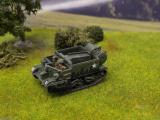 class=Universal Carrier class=Universal Carrier | |
| Model Universal Carrier Wasp 2 |  | |
| Model Universal Carrier AOP |  | |
| Model Universal Carrier 3 inch mortar & Bren Mg | 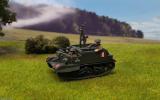 | |
| Model Universal Carrier 2-pounder ATG | ||
| Model Universal Carrier Pak36 | ||
| Model Univ. Carrier als PzJg Bren 731(e), RPB-54 PzBüchse (2x) | ||
| Type Definition 2cm Flak 30 und 38 auf Bren-Carrier (e) Feldumbau | class=Universal Carrier Flak 2cm | |
| Model Carrier No2 Mk I 2pdr. SPG | 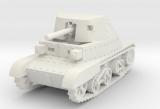 | |
| Type Definition Ford T16 | ||
| Type Definition Pz Begl Fz UC | ||
| lime: | Excellent source, hardly any errors |
| green: | Very good source, only very few errors |
| black or blue: | Quality of this source is not yet mentioned |
| orange: | Good source, some errors |
| red: | Source cmay ontain some true facts. All facts need to be checked. |